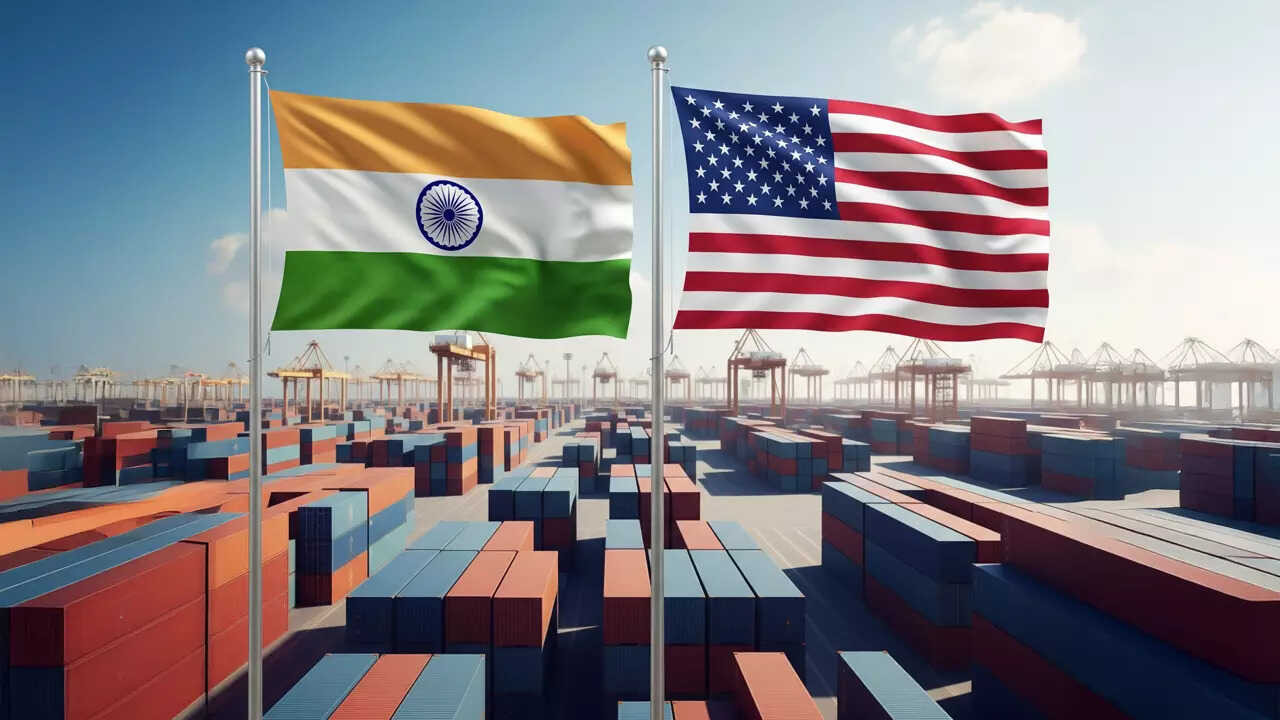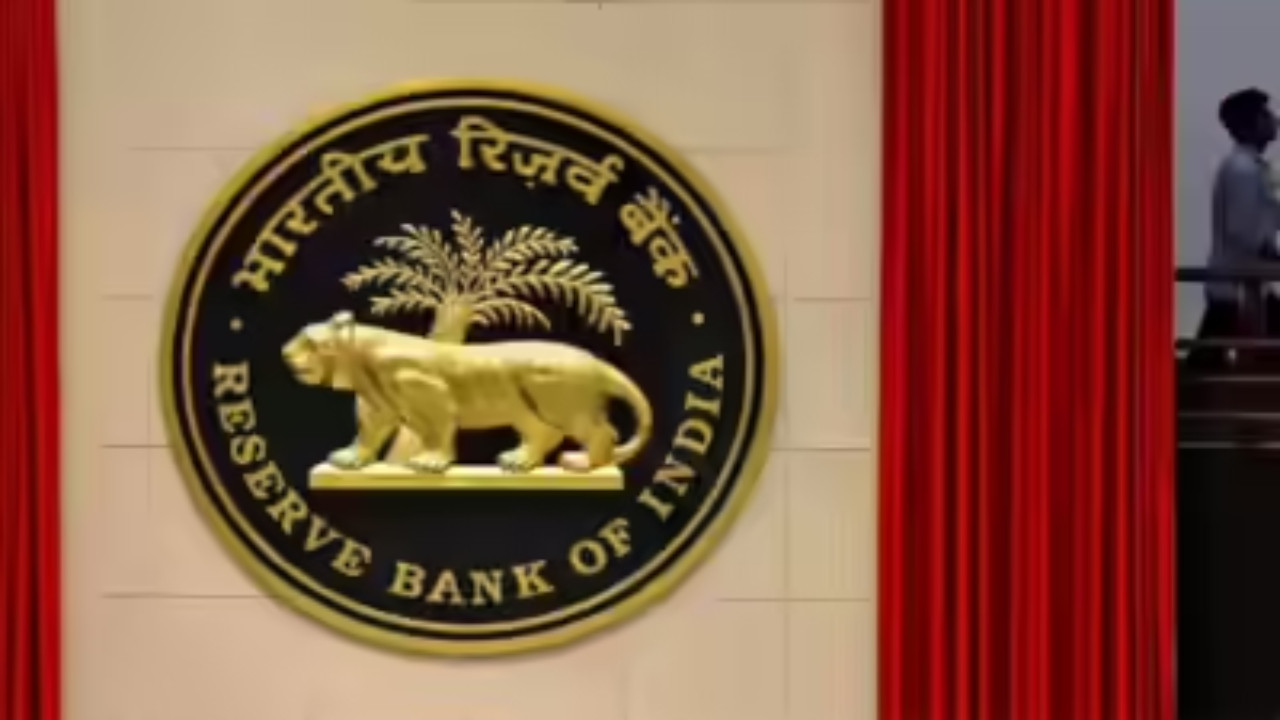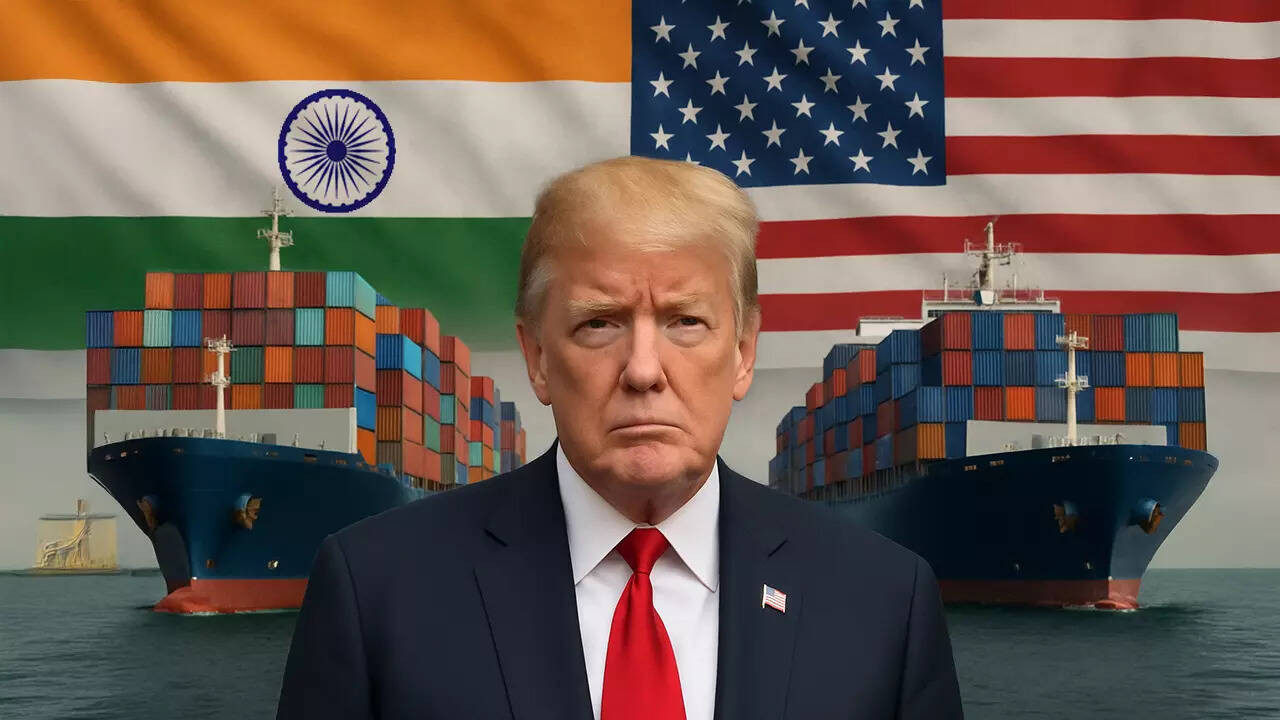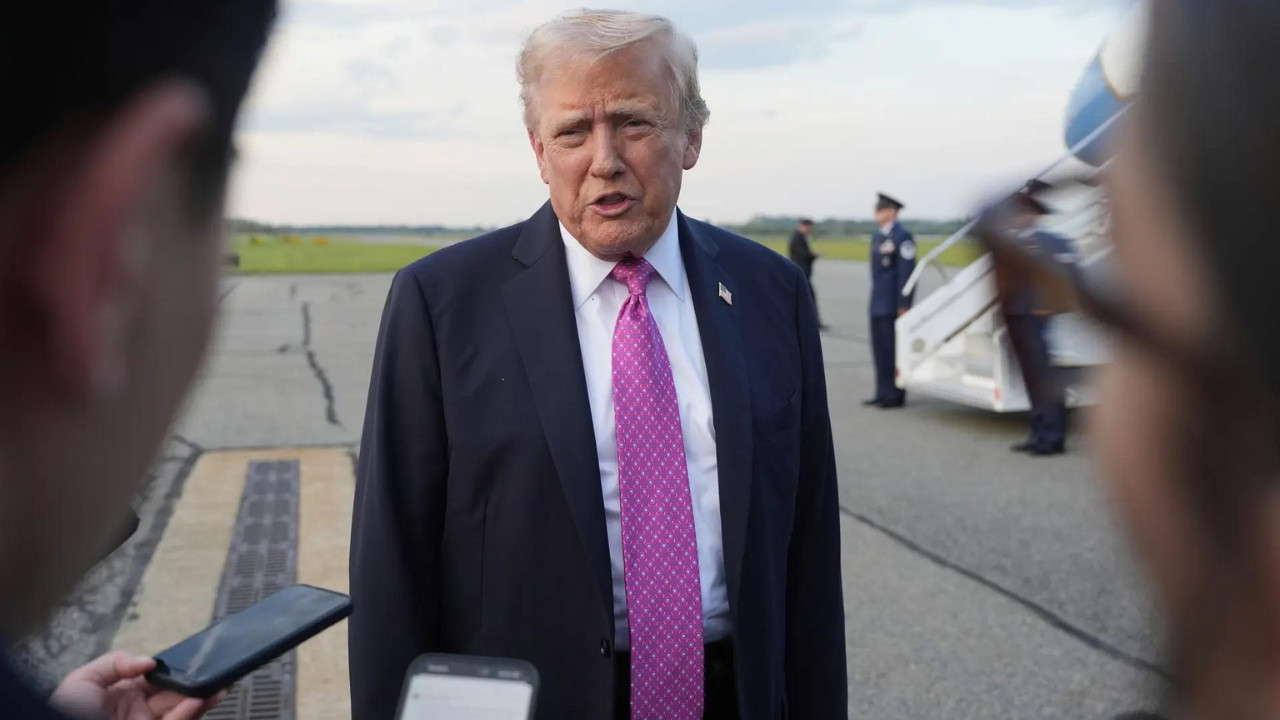India has reserved its right to impose retaliatory tariffs on the US following a 25% tariff on Indian auto parts, a procedural move under WTO safeguards. This action won’t impede ongoing trade deal talks, aiming for a $500 billion bilateral trade by 2030. An interim agreement is expected before July 9, but uncertainty remains.
Navigating Trade Winds: India’s Stance on US Auto Tariffs
The global chessboard of trade is a dynamic space, where moves and counter-moves are constantly reshaping relationships between nations. Recently, a spotlight has been cast on India’s reaction to the United States’ imposition of tariffs on automobiles. While seemingly a localized issue, the ripples extend far beyond the automotive industry, potentially influencing the broader dialogue between these two significant economies. Let’s unpack what’s happening and what it could mean for the future of India-US trade relations.
India, while acknowledging the US’s sovereign right to implement trade policies, has made it clear that it reserves its rights under the World Trade Organization (WTO) to retaliate against what it perceives as unfair trade practices. This isn’t necessarily an escalation, but rather a demonstration of India’s commitment to protecting its own economic interests within the established framework of international trade law. It’s akin to saying, “We respect your decision, but we’re prepared to defend our position if necessary.”
The specific point of contention revolves around the US’s tariffs on automobiles, a sector where India has been steadily growing its export capabilities. While the exact details of any potential retaliatory measures remain under wraps, the underlying message is clear: India will not passively accept trade actions that disproportionately disadvantage its industries. The government has emphasized that this move is not intended to derail ongoing discussions regarding a broader bilateral trade agreement.
<img src="image-of-indian-automotive-factory.jpg" alt="An Indian automotive factory, showcasing the country's growing capabilities in auto trade.”/>
Will Auto Tariffs Derail the India-US Trade Deal?
This is the million-dollar question, isn’t it? The official line from India is that these actions shouldn’t impact ongoing negotiations. The government is keen to emphasize that the discussions regarding a more comprehensive trade agreement with the US are proceeding independently. Both nations have significant incentives to reach a mutually beneficial agreement.
For India, a trade deal with the US could unlock substantial opportunities for its exporters, particularly in sectors like pharmaceuticals, textiles, and agricultural products. It would also provide a significant boost to India’s manufacturing sector, encouraging foreign investment and creating jobs.
The US, on the other hand, sees India as a crucial partner in its broader strategic and economic goals. A trade agreement would grant US companies greater access to India’s vast and rapidly growing market. Furthermore, it would strengthen the relationship between the two countries, which is becoming increasingly important in the context of global geopolitics.
India’s Measured Response: A Sign of Confidence?
Instead of heated rhetoric or immediate retaliatory measures, India’s response has been carefully calibrated. This suggests a level of confidence in its own position and a belief that a negotiated solution can be reached. It also reflects a strategic understanding of the importance of maintaining a positive relationship with the US, despite the current trade friction.
There is an important nuance here. This isn’t simply about cars. This is about setting a precedent. How India responds now will influence future trade interactions with the US and other nations. Maintaining a firm but measured approach allows India to protect its interests without jeopardizing long-term relationships. It sends a clear message that India is a serious player in the global trade arena, one that will stand up for its rights while remaining committed to constructive dialogue.
Related: Find out more about India’s growing dominance in global trade here.
Looking Ahead: Navigating the Complexities of Global Trade
The current situation underscores the complexities of international trade. It’s a delicate balancing act, requiring countries to defend their interests while fostering cooperation and avoiding protectionist measures that could harm the global economy.
India’s approach demonstrates a sophisticated understanding of these dynamics. By reserving its rights under the WTO, it’s sending a clear message about its commitment to fair trade. At the same time, by emphasizing the importance of ongoing negotiations, it’s signaling its desire to maintain a strong and productive relationship with the US.
Ultimately, the future of India-US trade relations will depend on the willingness of both sides to engage in constructive dialogue and find mutually acceptable solutions. The current situation presents a challenge, but also an opportunity to strengthen the bonds between these two important nations. The key is to navigate these trade winds with a steady hand and a clear vision for the future.
Conclusion:
The unfolding situation regarding US auto tariffs and India’s response is a case study in the complexities of international trade. While tensions exist, India’s measured approach suggests a commitment to finding a balanced path forward, safeguarding its interests while nurturing a crucial relationship with the United States.







